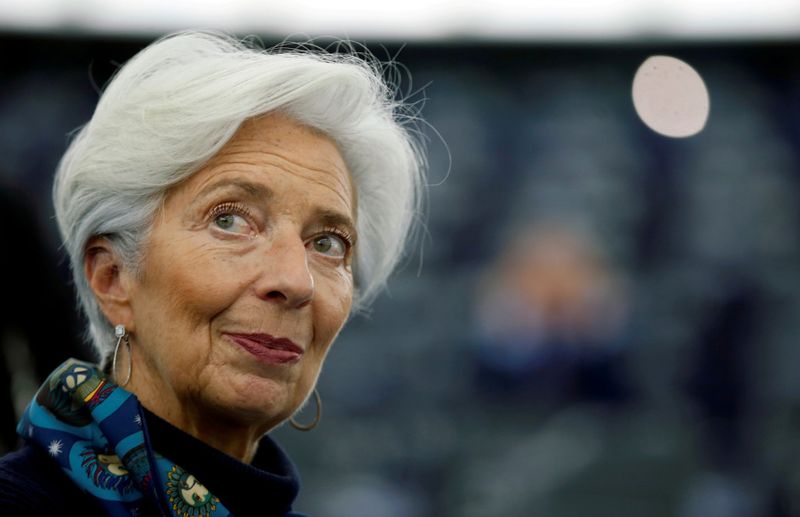Image Credit: Agency
Or ‘Hodl’, as anyone even remotely connected with the world of Bitcoins – or any other cryptocurrency – would say in their lingo.
This is the as-direct-as-it-gets advise Khurram Shroff, Chairman of IBC Group and a big-time player in alternate currencies, has for any Bitcoin investor looking at the wild swings the asset has been showing in recent days.
Hitting a new high of a near $42,000? Bitcoin’s done that.
Dropping 10 per cent or more in value in a day? Yes, it’s been through that as well.
And to think Bitcoin prices were at $23,000 just a month ago.
In these circumstances, it takes quite a bit of inner strength for most investors to think of holding on. But Shroff says: “Relax and Hodl – and if investors don’t want to ride the Bitcoin waves, they can get refuge from price volatility in any stablecoin.”
Peg ’em
Now, for the uninitiated, stablecoins are cryptocurrencies – but pegged any other ‘real’ asset such as currencies or traded commodities such as gold. What this does is reduce the volatility of the crypto currency.
“I anticipate the current bull run to continue given the massive inflationary pressures at play in the global economy,” said Shroff. “Much like more traditional investments, cryptocurrencies can also be approached with a diverse set of strategies.
“For instance, investor priorities depend on whether they intend to hold on to a cryptocurrency, as a sort of ‘digital gold’, much like bullion holdings, or as a great savings mechanism.
“If the seller has volatility related concerns about their transactions, they can easily transfer their crypto to a stablecoin of their choice, or immediately trade their holdings for currency that they prefer.
“Ultimately, the seller can take a best-of-both-worlds approach, leveraging the strengths of cryptocurrencies to act on a strategy that they prefer.”
I anticipate the current bull run to continue given the massive inflationary pressures at play in the global economy
– Khurram Shroff of IBC Group is one steadfast believer in Bitcoin and crypto
She’s no fan
But Bitcoin has its critics, and Christine Lagarde, who heads the European Central Bank, is the latest high-profile one to wade into the debate. Calling it a “funny business”, Lagarde wants cryptocurrencies to come under heavy government regulation. And stop being the free-wheeling currency that it has been so far.

Image Credit: Reuters
No option but regulate
“Blockchain is a superior technology undoubtedly – but it’s equally clear that no monetary system will survive in private sector hands,” said Sameer Lakhani, Managing Director at Global Capital Partners. “This will then relegate Bitcoin to the status of a speculative asset until the inevitable launch of currencies based on blockchain by governments.
“More than 75 per cent of ICOs (initial coin offerings) have failed over the last 3-4 years. Another 5-10 per cent trade at less than 10 per cent of their launch price.”
Wild swings in Bitcoin along with the bid-ask differential means even if the price falls by 12-13%, if investors are trying to exit, they may have had to accept another 10% hit. This volatility is not something that investors can stomach
– Sameer Lakhani of Global Capital Partners
An asset for the few?
Bitcoin’s 330 per cent surge in the last 12 months was what convinced more investors they shouldn’t keep away from playing this market. Even those who had reservations are starting to get convinced this is too good an opportunity to miss out.
But at what price are they getting in? Anyone who bought after Bitcoin went past $28,000 or even $30,000 had paid a high risk premium.
“My view is that Bitcoin is still a pretty illiquid asset,” said Roberto d’Ambrosio , CEO of, Axiory Global. “The vast majority is still in the hands of few players, who are not participating – or doing so marginally – in the market.
“Thus, a relatively low amount of the market cap is being moved, so that an increase in demand or offer, even if not sizable, can produce huge movements of the price.”
“Once again, the extreme volatility of cryptocurrencies is confirmed – caution must be exercised in trading such instruments. Investors must carefully size their position and avoid being blinded by excessive greed.”
Will existing investors follow that bit of advice? And just keep ‘hodling’?
How did other cryptos fare?
But there is different story for Ripple (XRP). It started its run on November 4, and from $0.2389 went up to $0.6843 on November 25, to fall back to $0.2187 at the end of 2020. During January, it bounced to $0.33 area, and it’s now retracing following its bigger competitors’ path.
“Once again, the extreme volatility of cryptocurrencies is confirmed and therefore caution must be exercised in trading such instruments,” said Roberto d’Ambrosio of Axiory Global.


